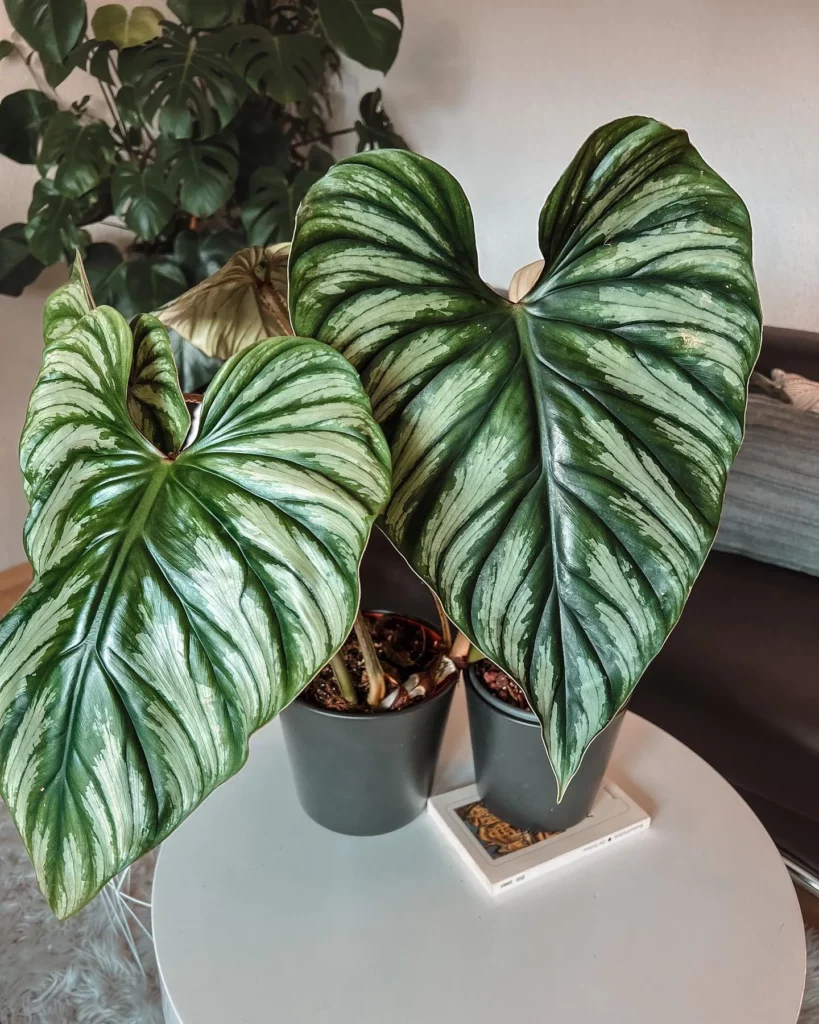Repotting a Philodendron is essential for its growth and health. As the plant grows, its roots will also grow, eventually becoming root bound. To prevent this and ensure the plant thrives, it’s important to repot it when certain signs appear. The best time to repot a Philodendron is when you see roots growing out of the pot, the plant is growing slower or wilting, or every 2-3 years. Early summer is the ideal time for repotting as it allows the plant to recover faster.
Why is Repotting Necessary for Philodendron?

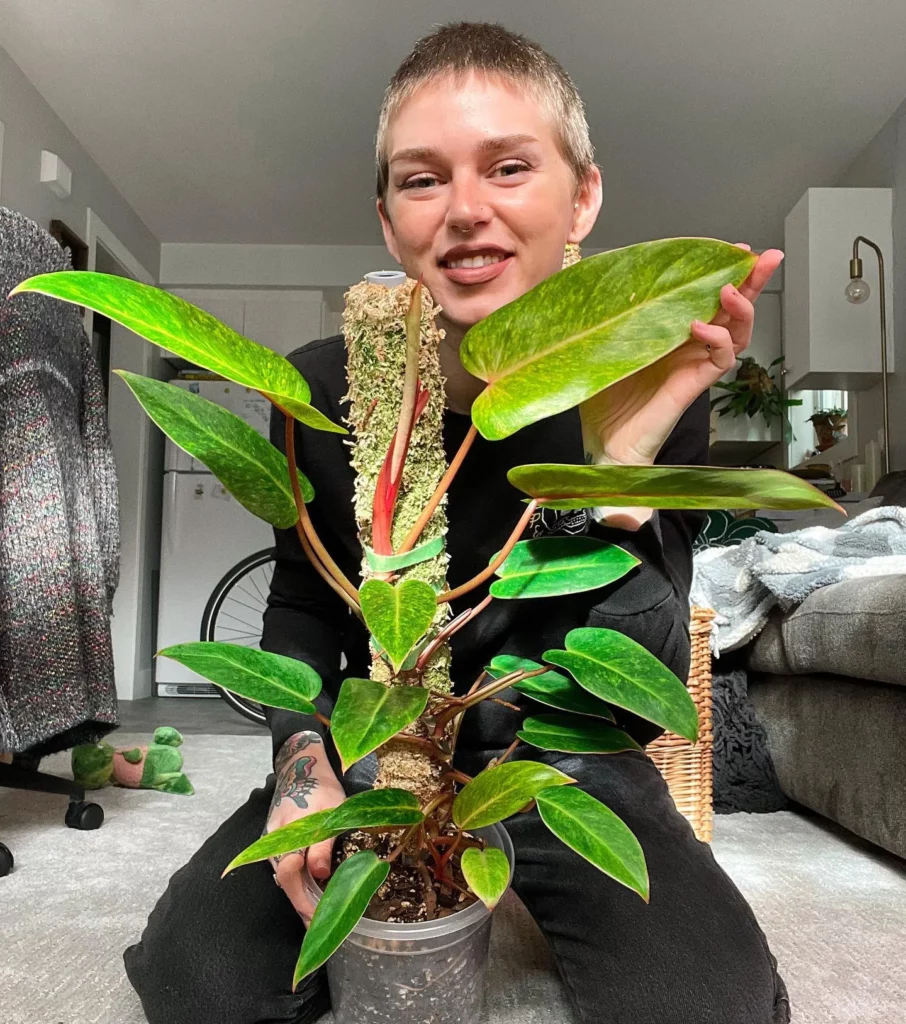
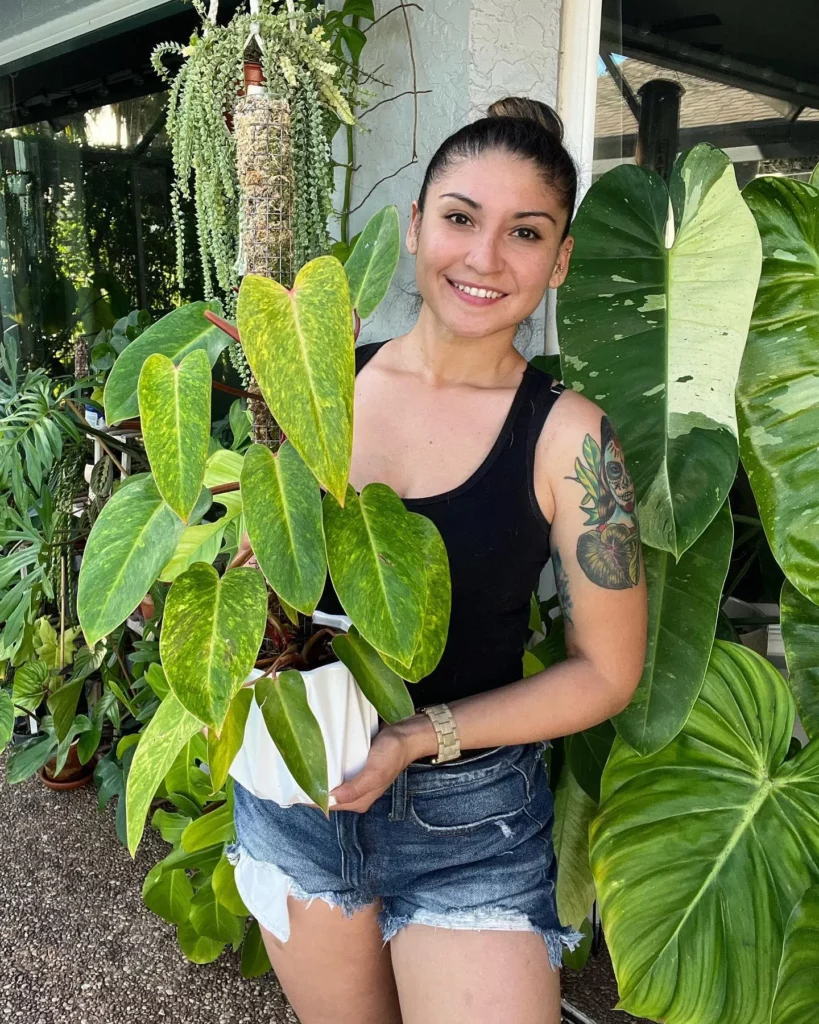
Repotting a Philodendron is essential for its growth and overall health. As the plant grows, it requires more nutrients and water to thrive. When a Philodendron becomes root bound, the roots clump together in a circular pattern at the bottom of the pot, restricting their growth. This can lead to stunted growth, wilting, and even roots growing out of the pot.
By repotting the plant, you provide more room for the roots to expand and prevent them from becoming bound. Additionally, repotting refreshes the growing medium with nutrient-rich soil, ensuring that the plant has access to the essential elements required for healthy growth.
No products found.
| Benefits of Repotting Philodendron |
|---|
| Prevents root binding |
| Allows roots to grow and expand freely |
| Refreshes the growing medium with nutrient-rich soil |
| Improves water drainage and prevents over-watering |
Signs Your Philodendron Needs Repotting
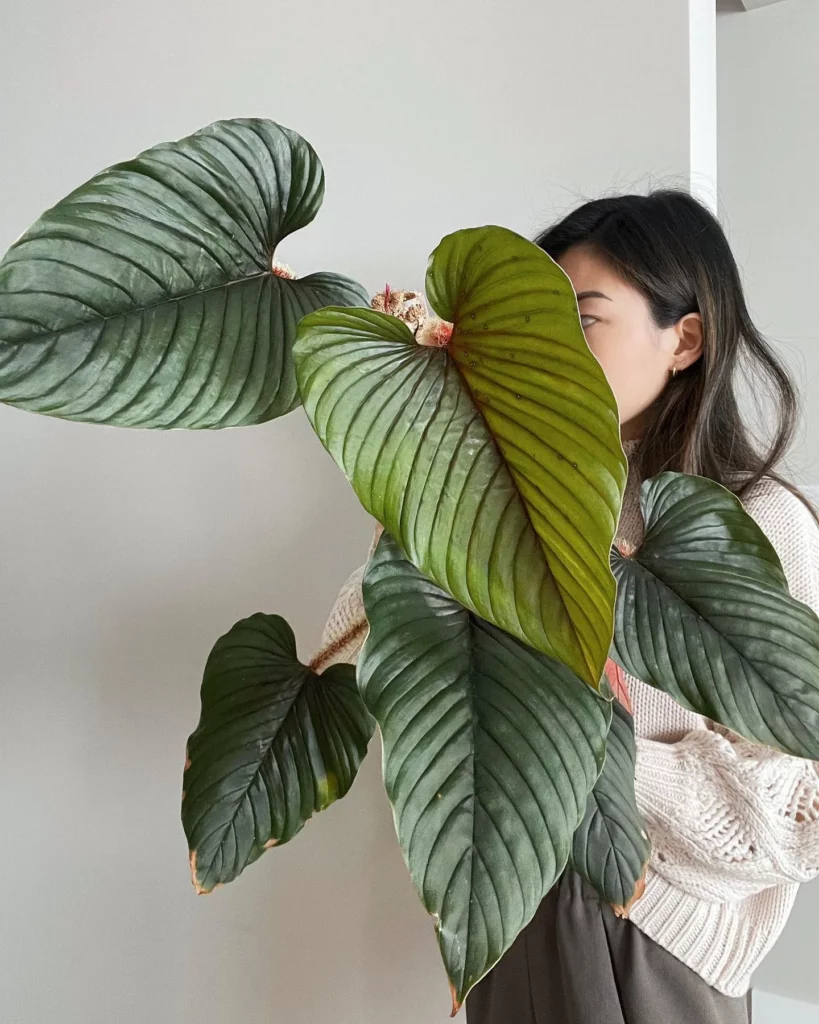
Knowing when to repot your Philodendron is essential for its growth and well-being. There are several signs to look out for that indicate it’s time to repot your plant:
- Roots growing out of the drainage holes: If you notice roots protruding from the bottom of the pot, it’s a clear indication that your Philodendron has outgrown its current container.
- Stunted growth: If your Philodendron is not growing as vigorously as it used to or has slowed down significantly, it may be a sign that it needs more room for its roots to expand.
- Yellowing leaves: Yellowing or wilting leaves can be a sign of root congestion, indicating that your Philodendron is struggling to absorb nutrients and water.
- Need for frequent watering: If you find yourself watering your Philodendron more frequently than before, it could be a sign that the roots have taken up most of the available space in the pot.
The Ideal Season for Repotting Philodendron
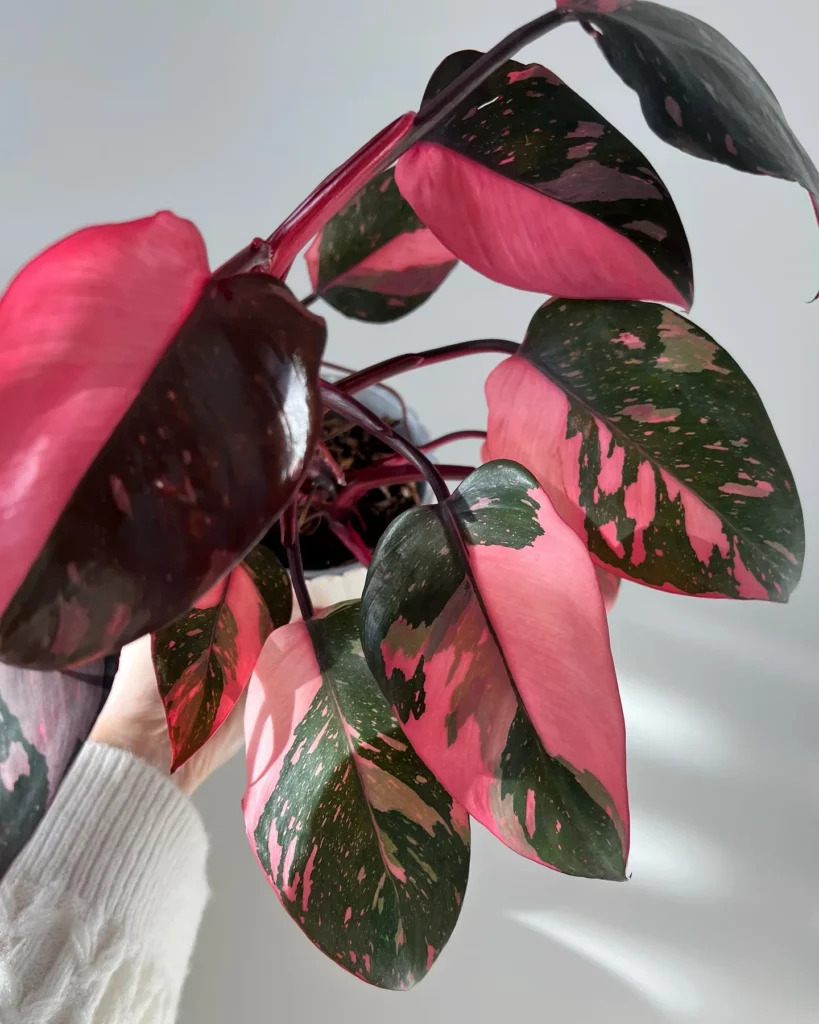
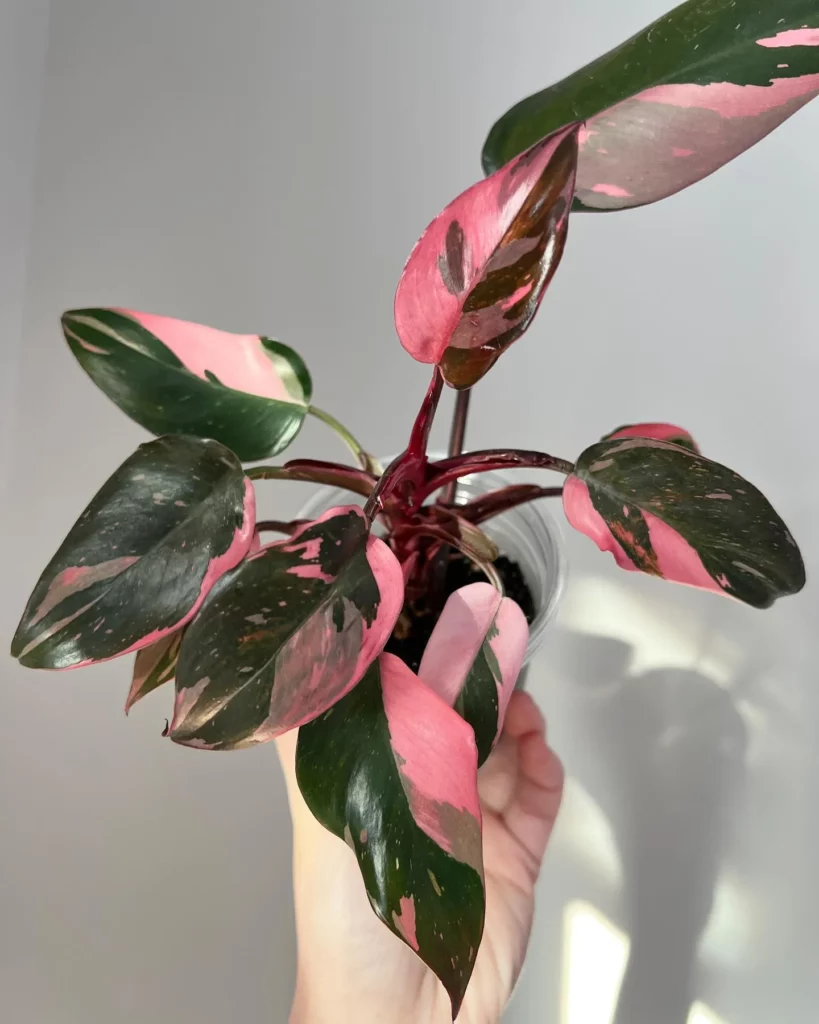
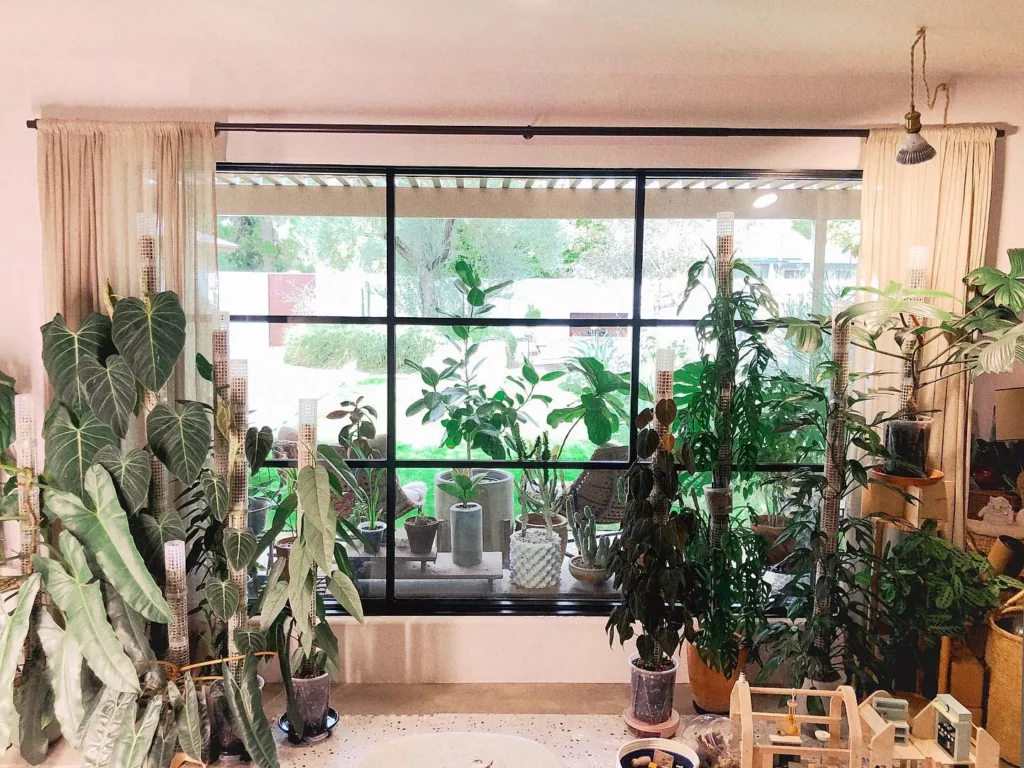
When it comes to repotting your Philodendron, timing is everything. Choosing the right season can greatly impact the success of the transplant. The ideal time for repotting a Philodendron is during the spring or early summer months. During this period, the plant is in its active growth phase, which allows it to adjust more easily to its new pot.
Spring and early summer offer optimal conditions for repotting. The weather is warmer, and sunlight levels are higher, providing the necessary energy for your Philodendron to thrive in its new environment. Additionally, the humidity levels during these seasons are generally higher, which promotes healthy root growth and prevents moisture stress.
However, it’s important to note that there may be exceptions when repotting becomes necessary outside of the typical seasons. For instance, if your Philodendron is suffering from root rot or experiencing overcrowding, immediate repotting is recommended, regardless of the season.
| Season | Advantages |
|---|---|
| Spring | – Active growth phase – High sunlight levels – Increased humidity |
| Early Summer | – Ideal temperature range – Supportive of root growth – Higher humidity levels |
Materials Needed for Repotting Philodendron

Before repotting your Philodendron, it’s important to gather the necessary materials to ensure a successful transplant. By having everything prepared beforehand, you can make the repotting process easier and more efficient.
Materials for Repotting Philodendron
| Materials | Description |
|---|---|
| New pot | Choose a pot slightly larger than the current one to accommodate root growth. |
| Fresh potting mix | Opt for a high-quality potting mix formulated for houseplants to provide essential nutrients and proper drainage. |
| Tools | Have scissors or a trowel ready for lifting and transplanting the Philodendron without damaging the roots. |
With these materials in hand, you’ll be well-equipped to repot your Philodendron and provide it with a new home that promotes healthy growth and vitality.
Proper Preparation for Repotting Philodendron
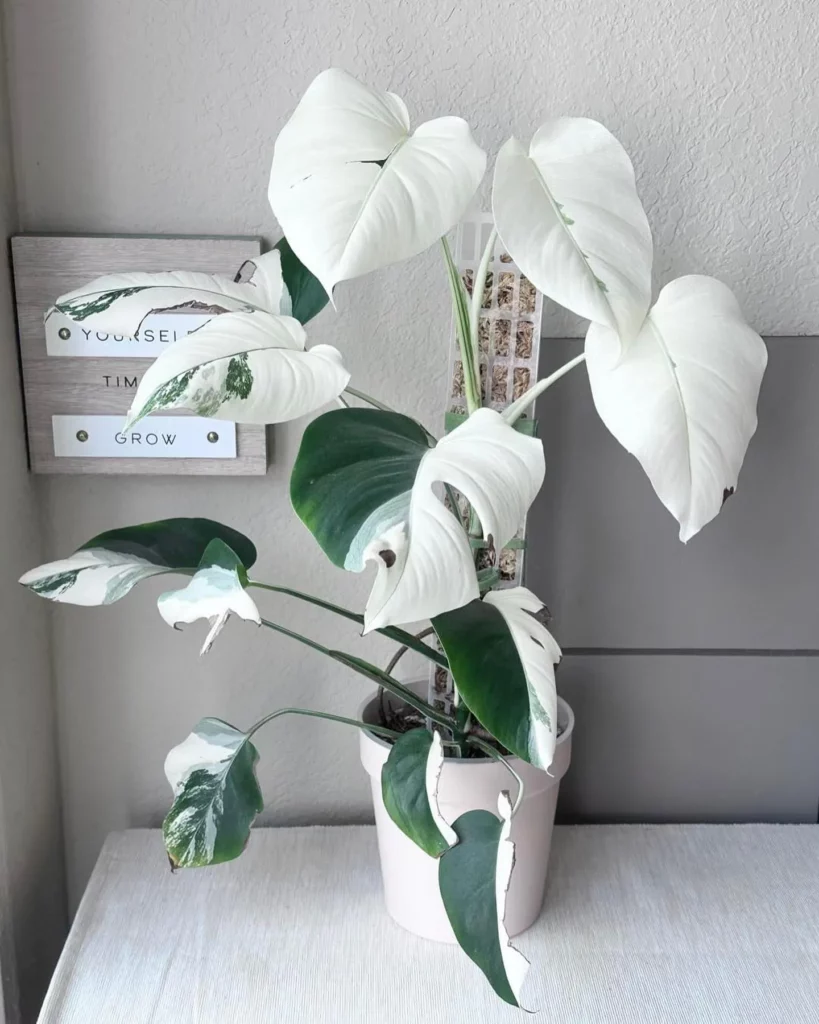
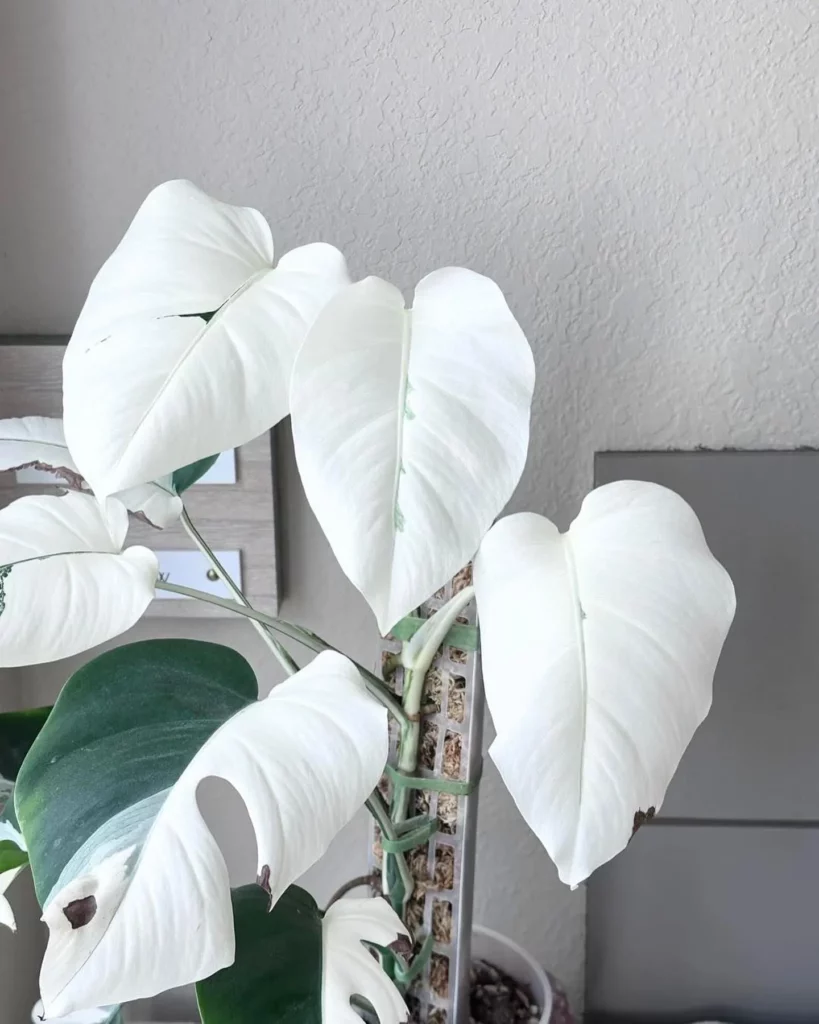
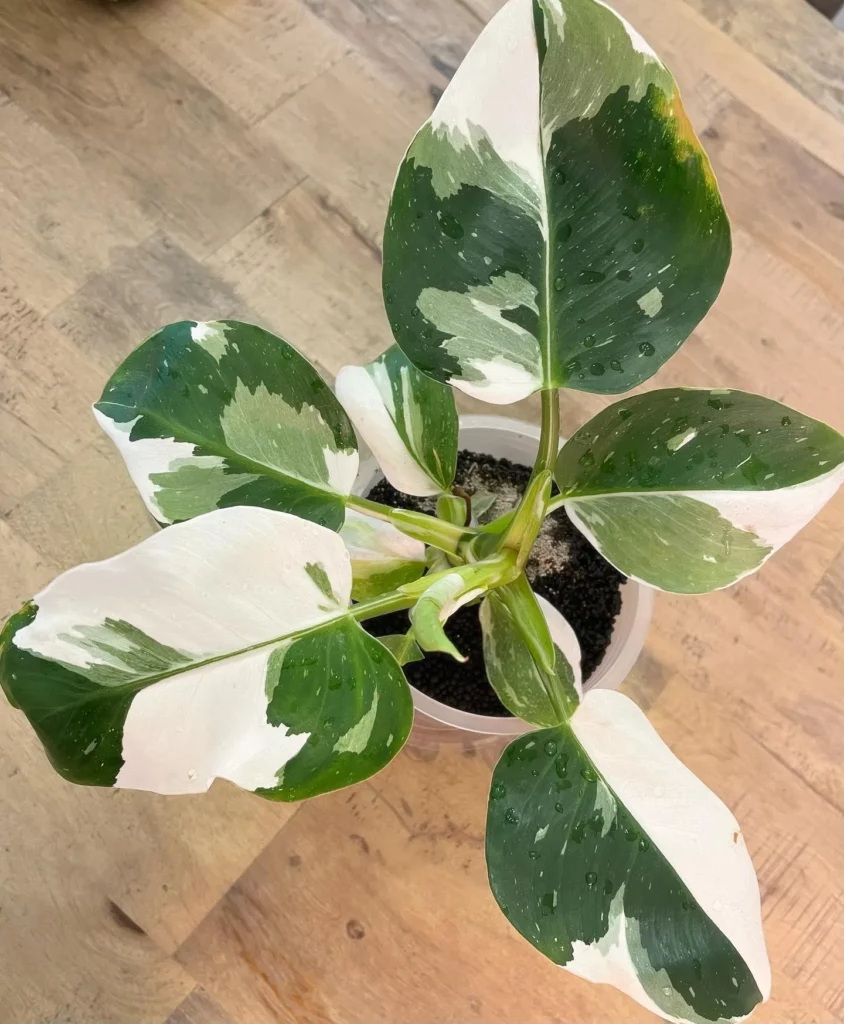
When it comes to repotting your Philodendron, proper preparation is key to ensuring a successful transplant. By taking the time to prepare your plant, pot, and tools, you can create the ideal environment for your Philodendron to thrive in its new home.
Before you begin repotting, inspect your Philodendron for any signs of pests or diseases. It’s crucial to treat these issues before transplanting to prevent them from spreading to the new soil. Once you’ve addressed any problems, your plant will be better equipped for healthy growth.
In addition to checking your plant, make sure to clean your new pot and tools thoroughly. This step helps eliminate any harmful bacteria or contaminants that could potentially harm your Philodendron. By starting with a clean slate, you’re setting the stage for a successful repotting process.
Next, consider the potting mix you’ll be using. It’s important to choose a mix that is well-draining yet moisture-retentive. Avoid using garden soil, as it can compact easily and hinder root growth. Opt for a high-quality potting mix specifically formulated for indoor plants like Philodendron.
Having everything prepared beforehand will make the repotting process much smoother. By taking care of these essential steps and ensuring the right conditions for your Philodendron, you’re setting your plant up for success in its new home.
Checklist for Proper Preparation
| Step | Description |
|---|---|
| Inspect Your Philodendron | Check for pests or diseases and treat them if necessary. |
| Clean the New Pot and Tools | Thoroughly clean the pot and tools to prevent the transfer of harmful bacteria. |
| Choose the Right Potting Mix | Select a well-draining yet moisture-retentive potting mix specifically formulated for indoor plants. |
Transplanting Philodendron with Care
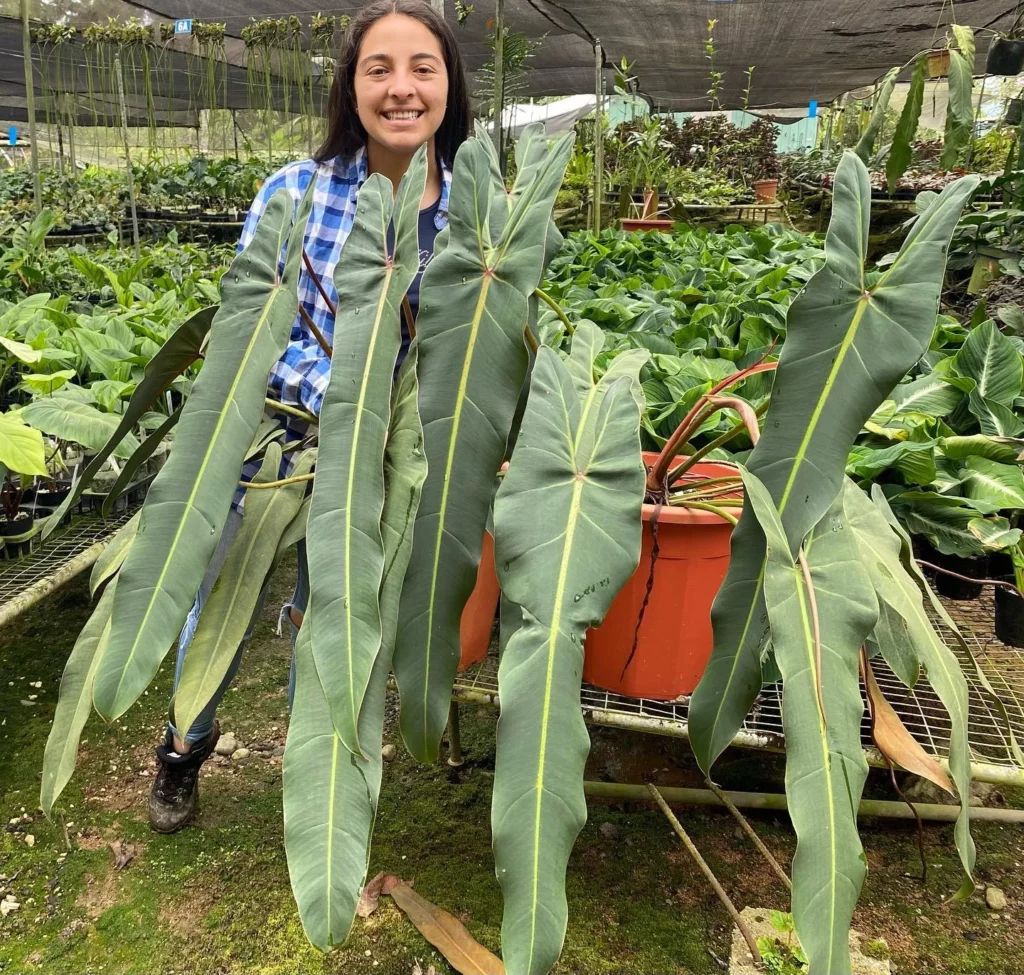
When it comes to repotting your Philodendron, it’s essential to handle the process with care to minimize stress on the plant. Follow these steps for a successful transplant:
1. Preparation: Water the plant a few hours before transplanting to soften the soil, making it easier to remove from the pot.
2. Loosening the soil: Use a trowel or fork to gently loosen the soil around the plant. Take care not to damage the delicate roots that might be entangled.
3. Lifting and removing: Lift the Philodendron from its previous pot, supporting the root ball from the base. Take this opportunity to remove any dead or yellowing leaves or stems.
4. Placing in the new pot: Carefully place the plant into the new pot, ensuring it is centered and at the right height. Avoid planting it too deep or shallow.
5. Filling with fresh potting mix: Fill the pot around the root ball with fresh potting mix, gently pressing it down to eliminate any air pockets. Leave about an inch of space from the top to allow for watering.
6. Watering: After transplanting, give your Philodendron a good watering to help settle the soil and provide initial hydration. Allow any excess water to drain away.
Aftercare Tips for Repotted Philodendron
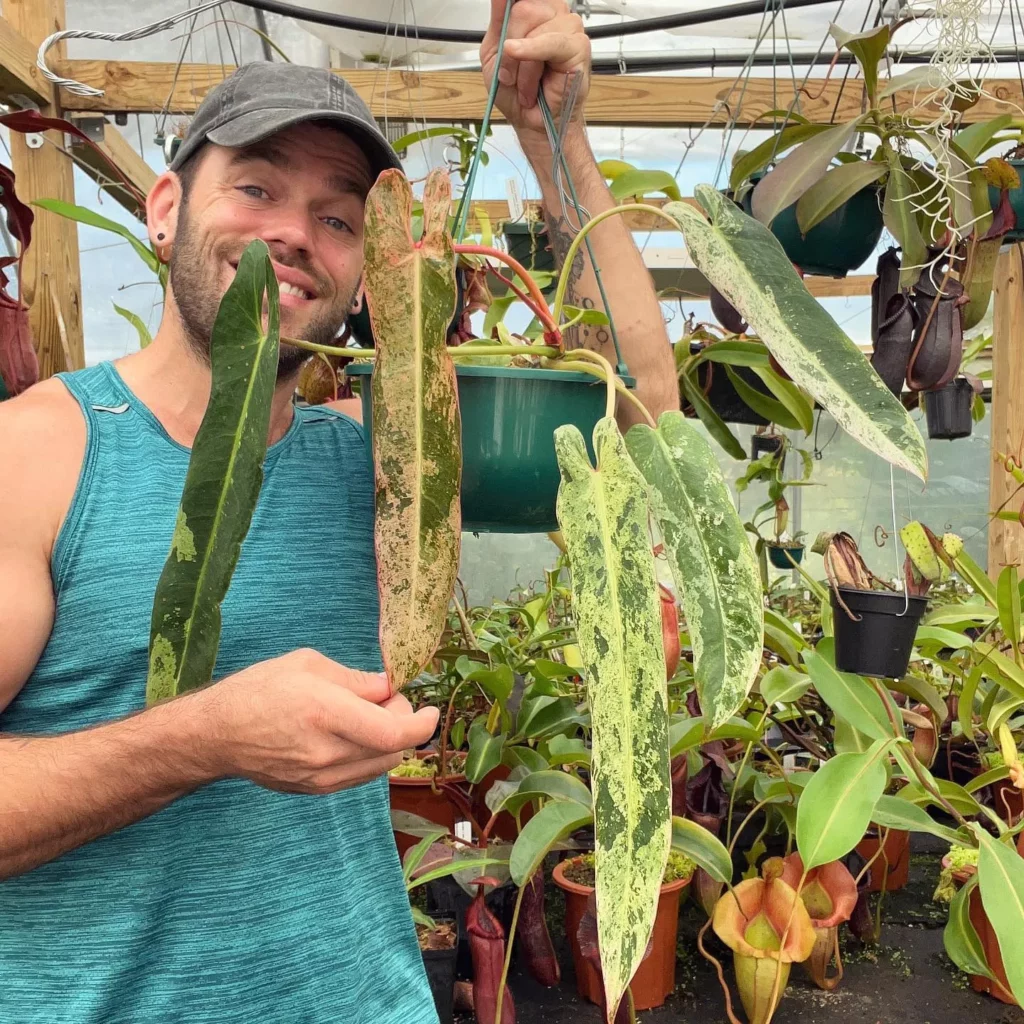


After repotting your Philodendron, it’s crucial to provide the right care to ensure its successful transition and continued growth. Follow these aftercare tips to keep your repotted Philodendron thriving:
1. Keep the plant in its original location: Minimize stress by placing the repotted Philodendron in the same spot where it was before. This will help the plant adjust to the new pot and maintain consistent growing conditions.
2. Monitor signs of stress or changes in growth: Pay close attention to your Philodendron after repotting. Look out for signs of stress such as wilting, yellowing leaves, or stunted growth. If you notice any issues, take appropriate action to address them promptly.
3. Water the plant as needed: Provide adequate moisture to your repotted Philodendron. Water the plant when the top inch of the soil feels dry. Avoid over-watering, as this can lead to root rot. Remember, Philodendrons prefer slightly moist soil, but not waterlogged conditions.
4. Provide appropriate light and humidity: Philodendrons thrive in bright, indirect light. Place your repotted Philodendron in a location that receives the right amount of light for its specific variety. Additionally, maintain optimal humidity levels by misting the leaves or using a humidifier, especially in dry indoor environments.
Remember: Each Philodendron variety may have slightly different care requirements, so it’s essential to research the specific needs of your plant to ensure proper care and growth.
Benefits of Repotting Philodendron

Repotting a Philodendron offers several benefits. One of the key advantages is that it prevents root binding. When a Philodendron becomes root bound, the roots clump together and grow in a circular pattern at the bottom of the pot. This restricts their growth and can lead to stunted growth, wilting, and even roots growing out of the pot. By repotting the plant, you provide more room for the roots to expand and grow freely, promoting healthier and more robust growth.
Another benefit of repotting is that it refreshes the growing medium. Over time, the soil in the pot can become depleted of nutrients, making it less conducive to plant growth. By repotting and replacing the old soil with fresh, nutrient-rich potting mix, you provide your Philodendron with the essential nutrients it needs to thrive. This helps support healthier foliage, stronger stems, and overall vitality.
No products found.
In addition, repotting improves water drainage. As plants are watered, excess water needs to drain out of the pot to prevent the roots from sitting in waterlogged soil. When a Philodendron is root bound, the compacted roots can impede proper drainage, increasing the risk of over-watering and root rot. By repotting the plant into a larger pot with adequate drainage holes, you ensure better water flow and reduce the risk of root-related issues.
Overall, repotting promotes the continued growth and health of your Philodendron. It provides the plant with more space to grow, replenishes nutrients in the soil, and improves water drainage. By repotting your Philodendron at the appropriate time, you can enjoy a thriving and beautiful plant that enhances the aesthetic appeal of any indoor space.
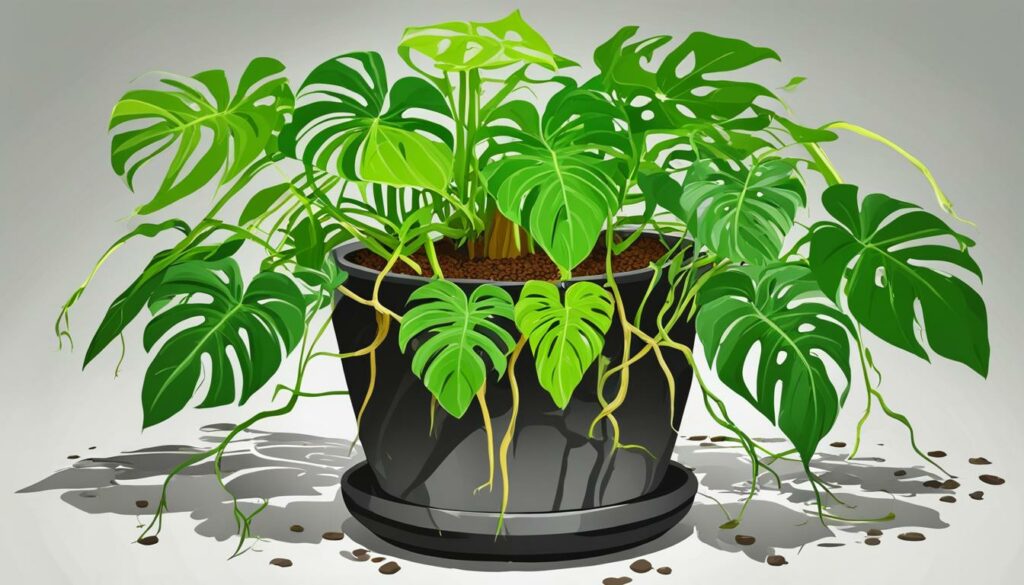
Frequency of Repotting Philodendron
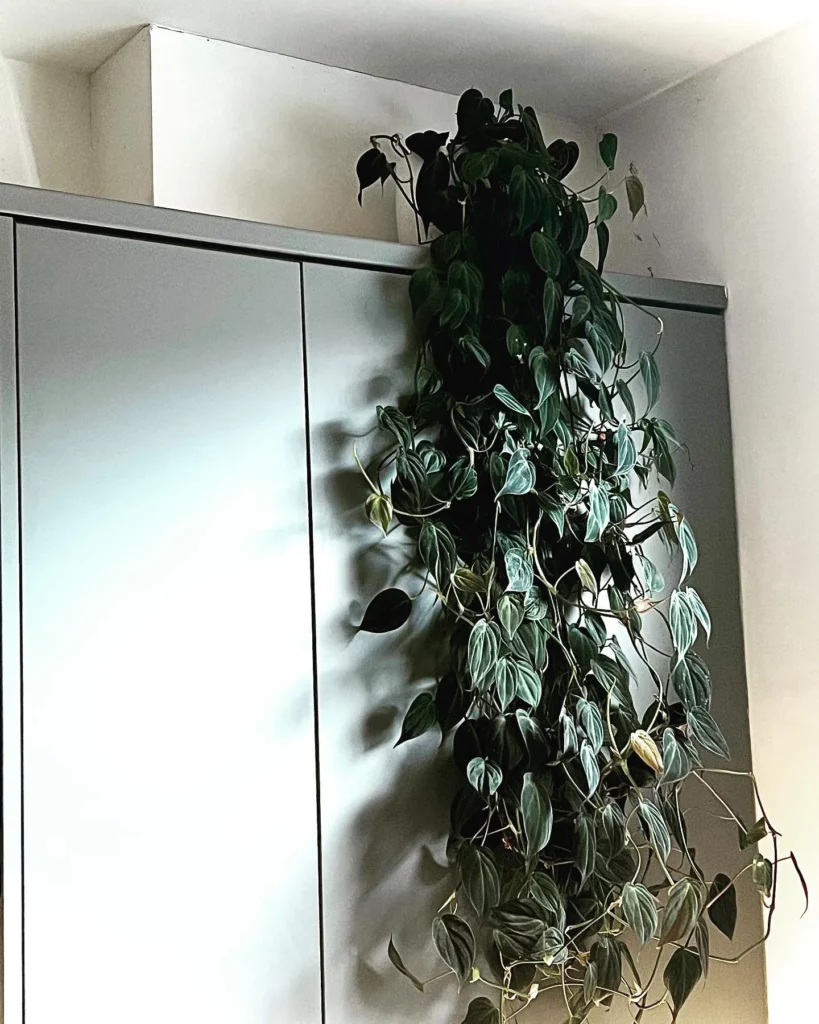
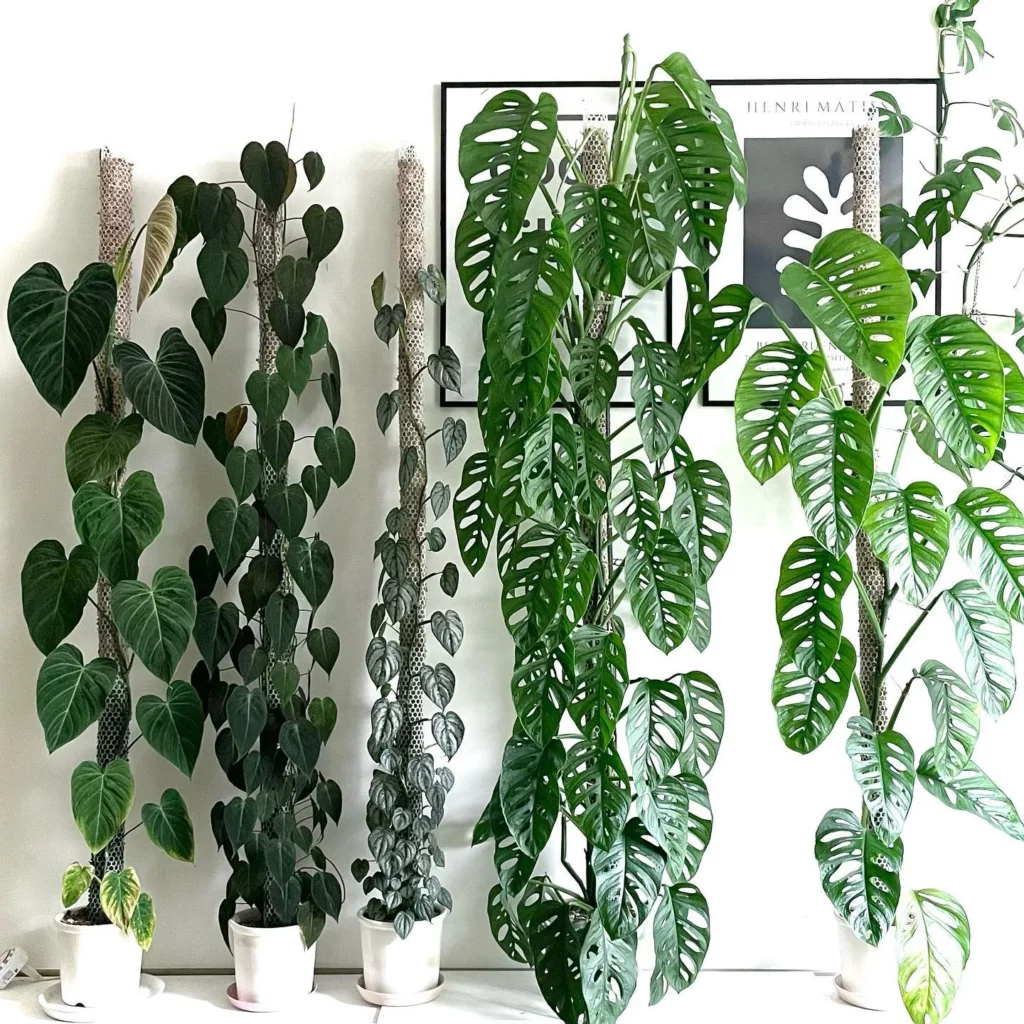

Knowing how often to repot your Philodendron is crucial for its optimal growth and health. In general, it is recommended to repot Philodendrons every 2-3 years to provide them with fresh soil and ample room for their roots to grow. However, it’s important to note that the frequency of repotting may vary depending on factors such as the plant’s individual growth rate and the size of its current pot.
Some Philodendrons may require more frequent repotting if they outgrow their pots quickly. To determine when to repot your specific Philodendron, it’s essential to monitor the signs of overcrowding and root growth. If you notice roots growing out of the drainage holes, the plant’s growth slowing down, or wilting, it may be an indication that repotting is needed.
| Signs it’s time to repot | Frequency of repotting |
|---|---|
| Roots growing out of drainage holes | Every 2-3 years |
| Slower growth or wilting | Varies based on plant’s growth rate |
| Overcrowding in the current pot | Varies based on pot size and plant growth |
| Lack of growth despite proper care | Varies based on plant’s growth rate |
Avoiding Common Repotting Mistakes

When repotting your Philodendron, it’s essential to be aware of common mistakes that can potentially harm your plant’s health. By avoiding these errors, you can ensure a successful repotting process and promote the continued growth and vitality of your Philodendron.
Here are some common repotting mistakes to avoid:
| Mistake | Impact | Prevention |
|---|---|---|
| Using the wrong pot size | Can lead to improper root development and limit the growth of your plant. | Choose a pot that is slightly larger than the current one, allowing room for the roots to expand. |
| Not providing proper drainage | Excess water can cause root rot and other water-related issues. | Ensure the pot has drainage holes to allow excess water to escape. Use a well-draining potting mix. |
| Using low-quality potting mix | Poor quality soil can lack essential nutrients or retain too much moisture. | Invest in a high-quality potting mix specifically formulated for indoor plants. |
| Transplanting during the wrong season | The plant may experience stress or struggle to adjust to its new environment. | Choose the ideal season for repotting Philodendron, such as spring or early summer, when the plant is actively growing. |
Troubleshooting Repotting Issues

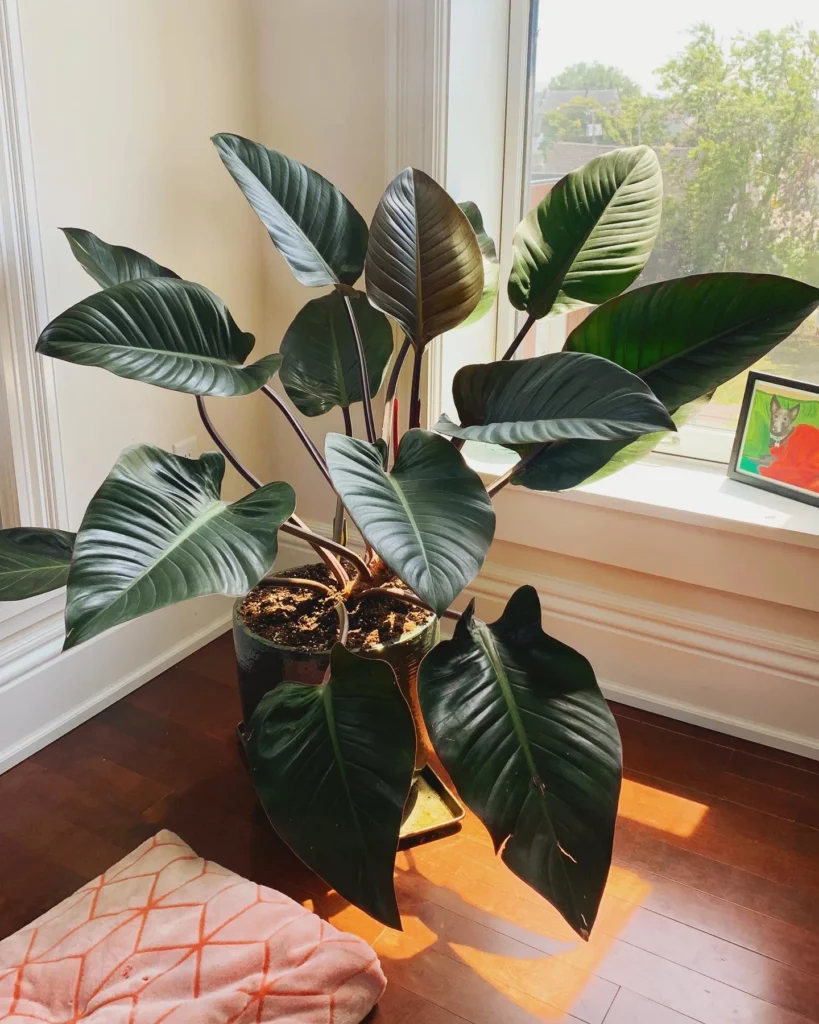
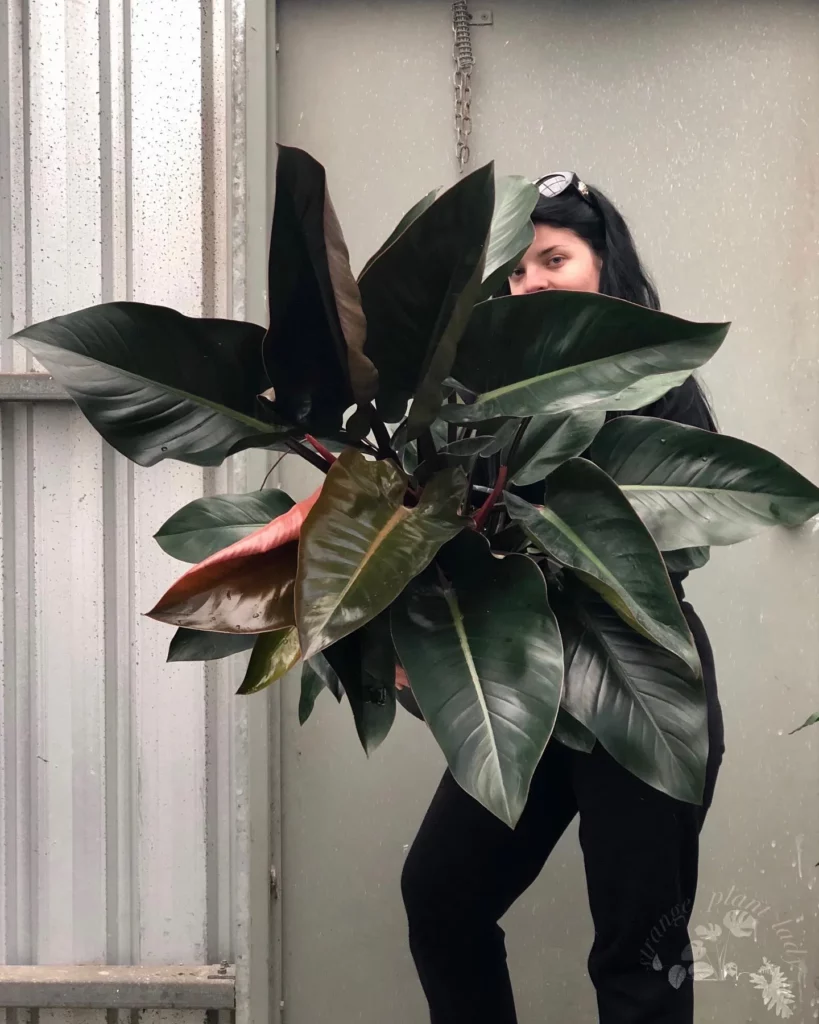
Sometimes, despite your best efforts, issues may arise during the repotting process of your Philodendron. If you notice any of these problems—transplant shock, wilting, or yellowing leaves—don’t panic. There are steps you can take to troubleshoot and resolve these issues.
First, it’s important to provide appropriate care for your Philodendron. Adjust the watering and light levels to ensure they are suitable for your plant’s needs. Overwatering or underwatering can contribute to wilting or yellowing leaves. Give your Philodendron time to recover, as it may take some time for the plant to adjust to its new environment.
If you suspect pest or disease problems, address them promptly. Examine your Philodendron closely for any signs of infestation or infection and take appropriate measures to treat the issue. This may involve using natural insecticides or fungicides, or in severe cases, consulting a plant care expert for professional advice.
It is also helpful to consult online resources or forums dedicated to plant care. You can find valuable guidance from experienced gardeners and fellow plant enthusiasts who may have encountered similar issues with their Philodendrons.
Common Repotting Issues and Solutions
| Issue | Solution |
|---|---|
| Transplant shock | – Ensure the plant is receiving adequate water and light – Avoid over-fertilizing – Give the plant time to acclimate to its new environment |
| Wilting | – Adjust watering frequency and ensure the soil is well-draining – Provide appropriate humidity levels – Avoid placing the plant in direct sunlight |
| Yellowing leaves | – Monitor and adjust the watering schedule – Check for pests or diseases and treat accordingly – Ensure the plant is receiving proper nutrients |
Philodendron Varieties and Their Repotting Needs

Different varieties of Philodendron may have varying repotting needs. Understanding the specific requirements for your Philodendron variety is essential for its proper care and growth.
One popular Philodendron variety, known as Thaumatophyllum bipinnatifidum or the tree-like Philodendron, typically requires repotting every two years or when it outgrows its container. This variety has a robust growth pattern, and repotting ensures it has enough space to thrive.
On the other hand, compact tabletop Philodendron varieties have slower growth rates and can be repotted less frequently. These varieties, such as Philodendron hederaceum or Philodendron micans, may only need to be repotted every three to four years.
To determine the repotting requirements for your specific Philodendron variety, research its growth habits and consult plant care resources. Understanding when and how often to repot will promote healthy growth and ensure your Philodendron continues to thrive.
| Philodendron Variety | Repotting Frequency |
|---|---|
| Thaumatophyllum bipinnatifidum (tree-like Philodendron) | Every two years or when it outgrows the container |
| Philodendron hederaceum | Every three to four years |
| Philodendron micans | Every three to four years |
Conclusion
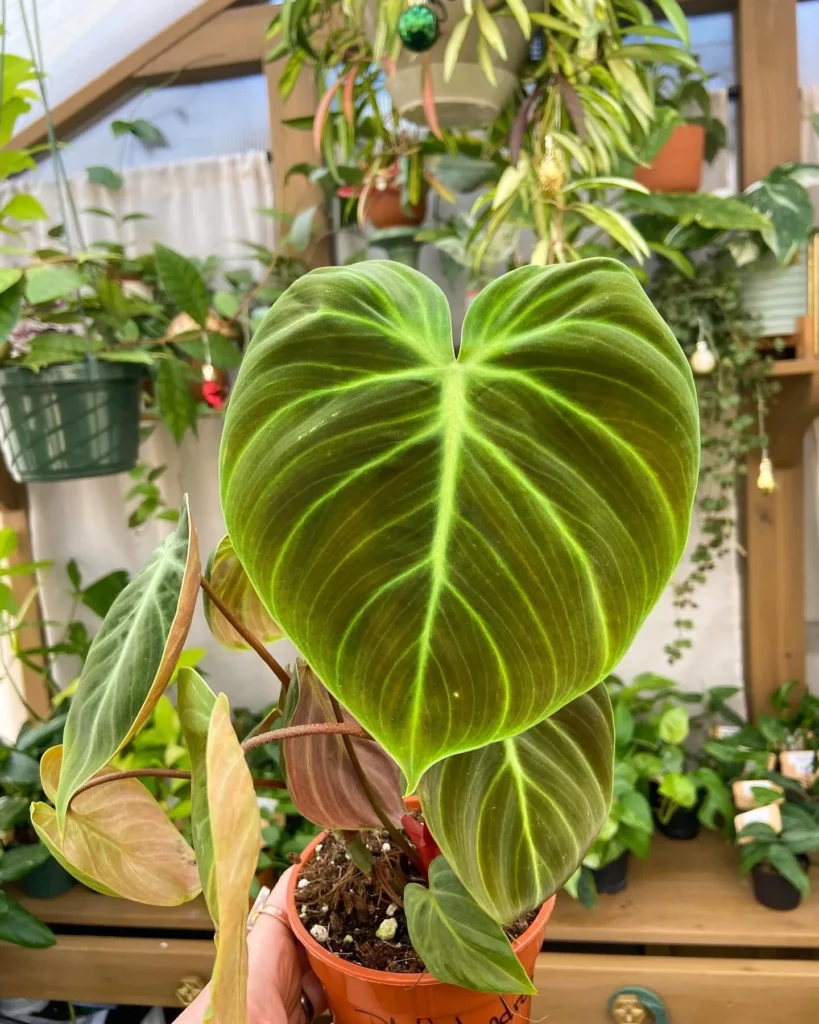
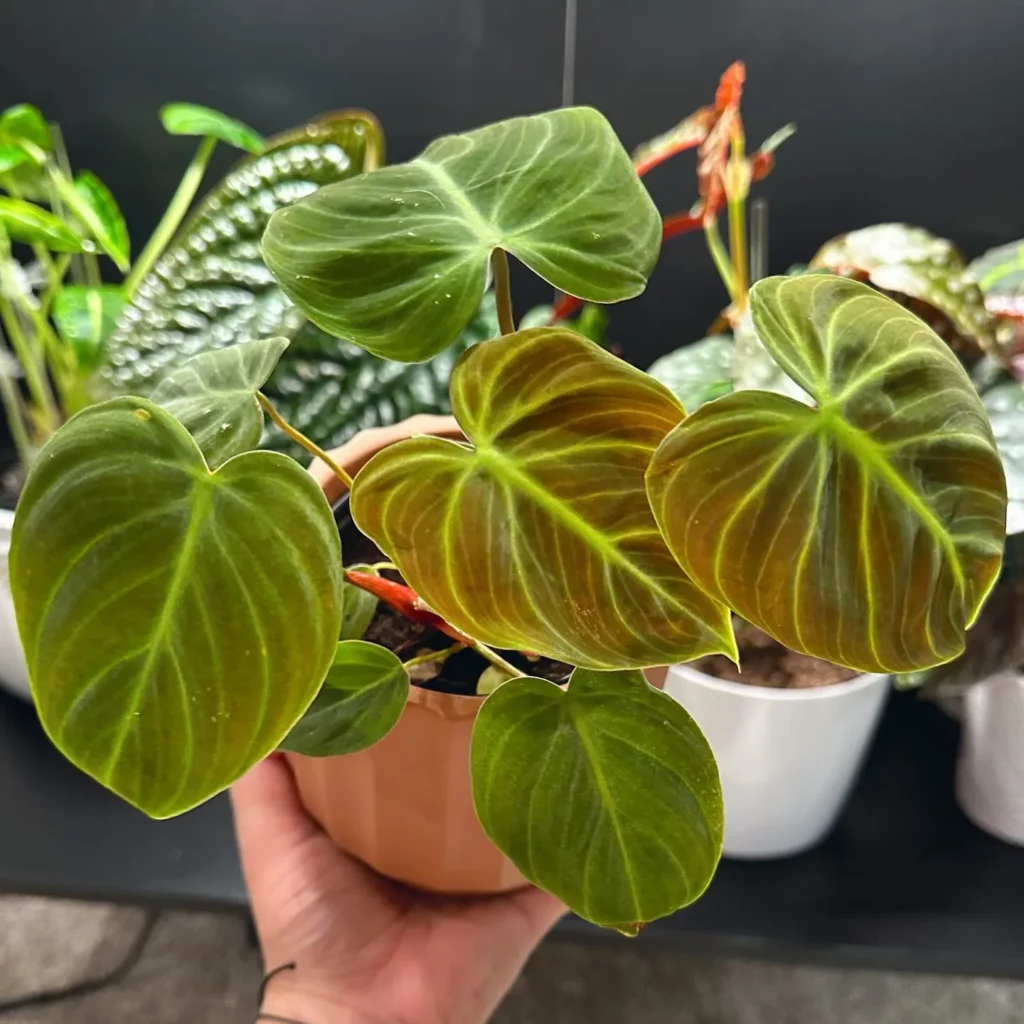
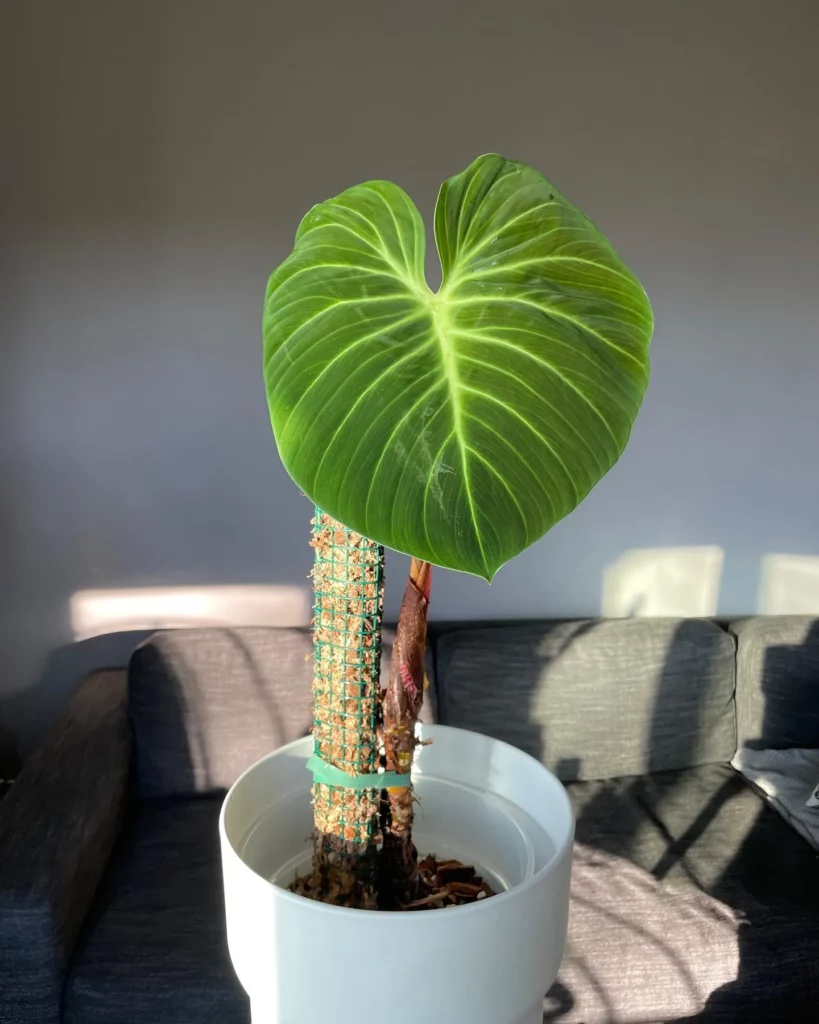
Repotting your Philodendron is essential for its growth and overall health. By keeping an eye out for signs of overcrowding, wilting, and root growth, you can determine when it’s the perfect time to repot your beloved plant. Spring and early summer are the ideal seasons for this task, as your Philodendron is in its active growth phase.
Proper preparation is key to a successful repotting process. Take the time to inspect your plant for pests or diseases, and clean your new pot and tools thoroughly. Use a well-draining, nutrient-rich potting mix to ensure optimal soil conditions for your Philodendron’s growth and development.
During the transplanting process, handle your Philodendron with care to minimize stress. Lift the plant from its old pot, remove any dead leaves or stems, and place it gently into its new home. Fill the pot with fresh potting mix, ensuring that the soil is level and free of air pockets. After repotting, provide appropriate aftercare by keeping your Philodendron in its original location, monitoring its growth, and providing proper watering, lighting, and humidity levels.
Remember to avoid common repotting mistakes, such as using the wrong pot size or transplanting during the wrong season. Troubleshoot any issues that may arise, and consult resources for further guidance. With careful repotting, your Philodendron will continue to thrive and bring beauty to your indoor space for years to come.
FAQ
When should I repot my Philodendron?
It’s best to repot your Philodendron when you see roots growing out of the pot, the plant is growing slower or wilting, or every 2-3 years.
Why is repotting necessary for Philodendron?
Repotting is essential for the growth and health of a Philodendron as it prevents root binding, provides more room for root expansion, and refreshes the growing medium with nutrient-rich soil.
What are the signs that my Philodendron needs repotting?
Signs that indicate your Philodendron needs repotting include roots growing out of the drainage holes, stunted growth, yellowing leaves, and a need for frequent watering.
When is the ideal season for repotting Philodendron?
The ideal season for repotting Philodendron is spring or early summer, when the plant is actively growing and can adjust to its new environment more easily.
What materials do I need for repotting my Philodendron?
You will need a slightly larger pot, fresh potting mix, and tools such as scissors or a trowel for lifting and transplanting the plant.
How should I prepare for repotting my Philodendron?
Before repotting, inspect the plant for pests or diseases, clean the new pot and tools, and ensure the potting mix is well-draining and doesn’t contain garden soil.
How do I transplant my Philodendron with care?
Water the plant before transplanting, loosen the soil gently, lift the plant from its current pot, remove dead leaves or stems, and place it into the new pot with fresh potting mix.
What should I do after repotting my Philodendron?
Keep the plant in its original location, monitor it for signs of stress or changes in growth, water it as needed, and provide appropriate light and humidity levels for healthy growth.
What are the benefits of repotting Philodendron?
Repotting promotes root growth and expansion, refreshes the growing medium with nutrients, improves water drainage, and prevents over-watering and root rot.
How often should I repot my Philodendron?
In general, Philodendrons should be repotted every 2-3 years, but the frequency may vary depending on the plant’s growth rate and pot size.
What common mistakes should I avoid when repotting Philodendron?
Avoid using the wrong pot size, not providing proper drainage, using low-quality potting mix, or repotting during the wrong season.
What should I do if issues arise during the repotting process?
If your Philodendron experiences transplant shock, wilting, or yellowing leaves, adjust care as needed, give the plant time to recover, address pests or diseases promptly, and seek expert advice if necessary.
Do different Philodendron varieties have varying repotting needs?
Yes, different Philodendron varieties may have varying repotting needs. Research your specific variety to ensure proper repotting care.




